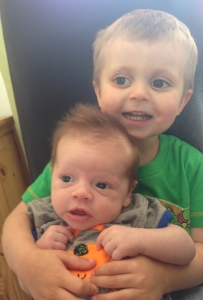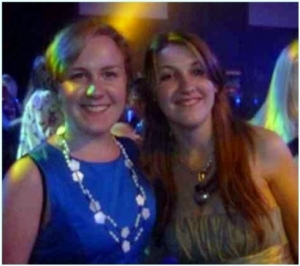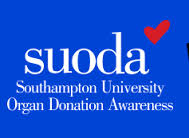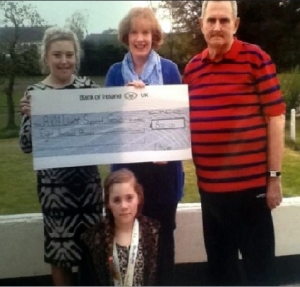Lucia at opening of London Aquatics Centre
Lucia at opening of London Aquatics Centre
The Olympic Swimming Pool for the London Games in 2012 has been transformed into a major public facility,
the London Aquatics Centre.
30 members of the British Transplant Sport swimming Team, aged 12 – 65, took part in the official opening event.
Amongst them was Lucia Quinney-Mee, aged 15 from Ballycastle. Lucia, twice a liver recipient, was the top junior competitor at the 2013 British Transplant Games.








